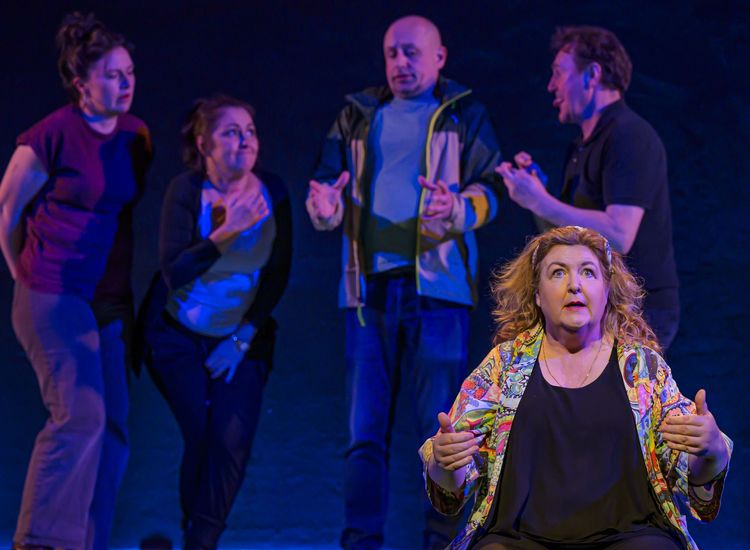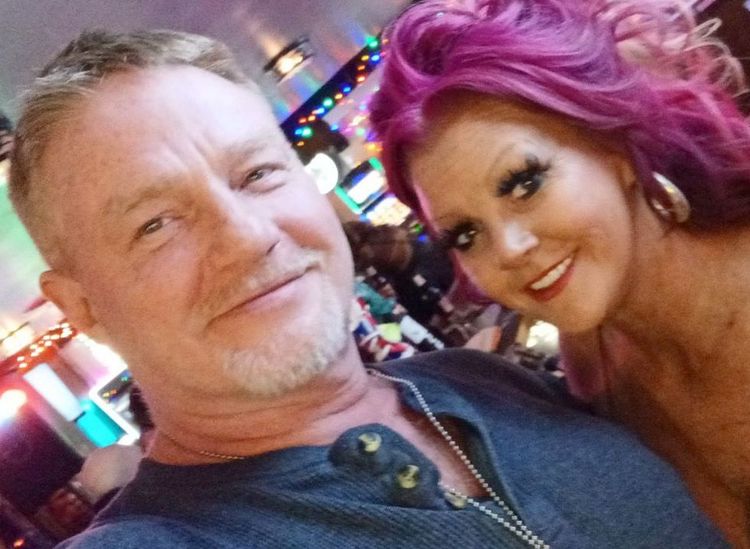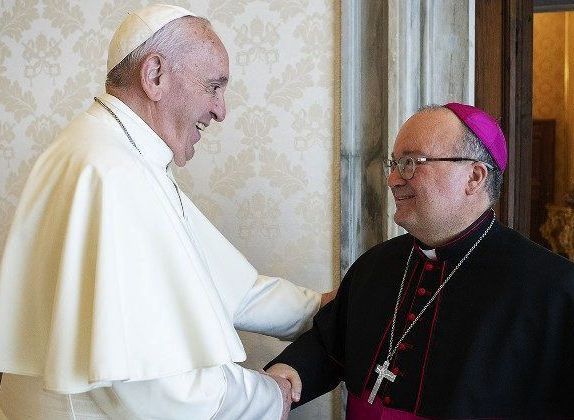Paul Moses is the author of “An Unlikely Union: The Love-Hate Story of New York’s Irish and Italians.”
Page Turner / Edited by Peter McDermott
“Clearly Mr. Sinatra is on the way up,” the New York Times’ radio editor wrote in 1943, “a few prognosticators are even mentioning him in the same breath as Bing Crosby.”
The following summer, a Billboard poll of students in 400 high schools found that Crosby was still narrowly ahead of Frank Sinatra as favorite male vocalist. Both sides’ publicists, though, could see this battle of the baritones was good for business.
As part of that, the more senior entertainer wrote a “Dear Frank” letter of advice in a celebrity magazine, in which he spoke of the “silly gossip about you and me hating one another,” and revealed that the supposed rivalry of George M. Cohan and Jimmy Durante had actually been a case of the established star helping the younger one in every way he could.
Scholar Paul Moses writes, “Crosby chose an interesting way to tell his fans that he was cool with the challenge from Sinatra, picking a story of entertainers of Irish and Italian ancestry who had close to the same age gap as he and Sinatra.”
Moses adds, “This tale encapsulates the Irish-Italian story from the Irish perspective: accomplished Irishmen and women helped the children of Italian immigrants up the ladder to success.”
It wasn’t always that way, as Moses shows in “An Unlikely Union: The Love-Hate Story of New York’s Irish and Italians.”
But the bitter rivalry, which saw Italians confined for decades to the basement of churches for Mass, became in time a romance.
“As one who is half-Italian (and half German-Jewish),” Moses told the Echo, “I benefited from the romance part of the equation through my marriage to my wife Maureen (formerly Collins), whose ancestry is Irish.
“Our ethnically ‘mixed marriage’ is very common, but at one time the intense Irish-Italian rivalry stood in the way of any such union. In the book, I tell of how the two immigrant groups were antagonists in the church, unions, politics, the civil service and on construction sites and the waterfront,” added Moses, who apart from the several years spent studying creative writing at University of Massachusetts in Amherst, has lived his entire life in the same Brooklyn zip code and now teaches nearby at his undergraduate alma mater, Brooklyn College/CUNY.
“The bitterness was deep and lasted decades,” he continued. “How did we move from that animosity to the outpouring of Irish-Italian intermarriage in the years after World War II? That’s the story I aimed to tell.”
Moses said: “It has great implications at a time of renewed fear of immigrants and continued ethnic, religious and racial tension. The news from the Irish and Italians is that division can be overcome if people get to know each other as equals.”
Paul Moses
Date of birth: Sept. 4, 1953
Place of birth: Brooklyn, N.Y.
Spouse: Maureen Moses
Children: Matthew and Caitlin.
Residence: Brooklyn, Marine Park section
Published works: “An Unlikely Union: The Love-Hate Story of New York’s Iris and Italians” (NYU Press, 2015); “The Saint and the Sultan: the Crusades, Islam and Francis of Assisi’s Mission of Peace” (Doubleday, 2009); and a career’s worth of journalism, mostly in New York Newsday and also in many other venues, including Commonweal.
What is your writing routine? Are there ideal conditions?
I was lucky to have sabbatical leave from Brooklyn College to write “An Unlikely Union.” That let me immerse myself in the New York of decades past. For a book, it’s ideal to be immersed to the point you start dreaming the subject. With that said, it’s certainly possible to do the job by stealing an hour every morning before starting the day’s routine. I’ve done that, too.
What advice do you have for aspiring writers?
Read. I can’t say that enough to my students. And read like a writer, with an appreciation for the craft. Also: writers, you should be paid for your work. You have a valuable skill.
Name three books that are memorable in terms of your reading pleasure.
“Don Quixote;” Graham Greene’s “The Power and the Glory”; and two (if I may) pitch-perfect novels about Irish-Italian Brooklyn: Colm Tóibín’s “Brooklyn” and Valerie Sayers’ “The Powers,” set in 1941 during Joe DiMaggio’s 56-game hitting streak.
What book are you currently reading?
I just finished Peter Quinn’s “The Man Who Never Returned,” a wonderful mystery that resurrects the Judge Crater story. Now I’ve returned to “Italoamericana: The Literature of the Great Migration, 1880-1943,” the American edition edited by Robert Viscusi. It’s a fascinating, 1,000-plus page compilation of Italian immigrant writers, many of them very talented but long overlooked.
Is there a book you wish you had written?
Robert A. Caro’s biography of Robert Moses (no relation), “The Power Broker.” It combines powerful narrative with brilliant investigative reporting, and it changed the way people think about New York. Since I read “The Power Broker” at the start of my newspaper career, it became my textbook on how to be a reporter.
If you could meet one author, living or dead, who would it be?
Graham Greene. I admire the elegance of his writing, his themes, his honesty, his ability to create memorable characters and simply to spin a yarn.
What book changed your life?
Thomas Merton’s “The New Man.” Merton gets to the heart of the matter; I went on to read many more of his books, and then the writers who inspired him. He was ahead of his time and also a very fine wordsmith.
What is your favorite spot in Ireland?
Gweedore in County Donegal. My wife has some family roots there. Isn’t the best place in Ireland the one where you most feel family ties? The Donegal coast is so beautiful and Mount Errigal looks grander than Mount Rainier. And there is a strong sense of Irish culture and history.
You know you’re Irish if …
That’s what you tell the Census Bureau.











